What would happen to a BJT if both junctions of the transistor are forward biased? Is there any literature on this? By literature I mean characteristics/equations. Any links would help. I have also drawn circuit diagrams to make my point clear.

simulate this circuit – Schematic created using CircuitLab
Where I was taught in college, we worked on
- active region (BE-forward biased, CB-reverse biased)
- cutoff region (BE-reverse biased, CB-reverse biased)
- saturation region (BE-forward biased, CB-on the verge of a reverse bias)
- What happens if CB and BE are both forward biased? Is there any literature or quantitative analysis method for that? What happens if BE is reverse biased and BC is forward biased? Is there any literature or operation zone defined for that.
The reason I want to inquire is because I was recently working on an Op-amp circuit attached to a BJT and there was a case where both the junctions were forward biased and I could not fathom how to analyze it because of basic complexity, in fact I did not even consider the case that both the junctions could be simultaneously forward biased and I only came to that conclusion when I simulated my circuit, hence I want to know how the regions operate so that in future I would not face problems with my circuits.
